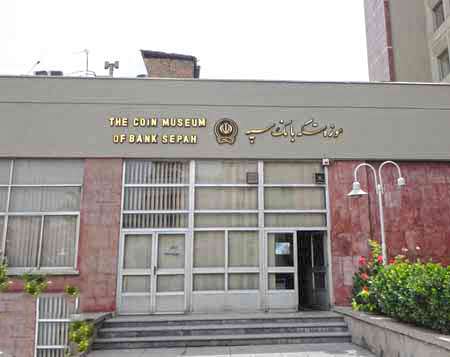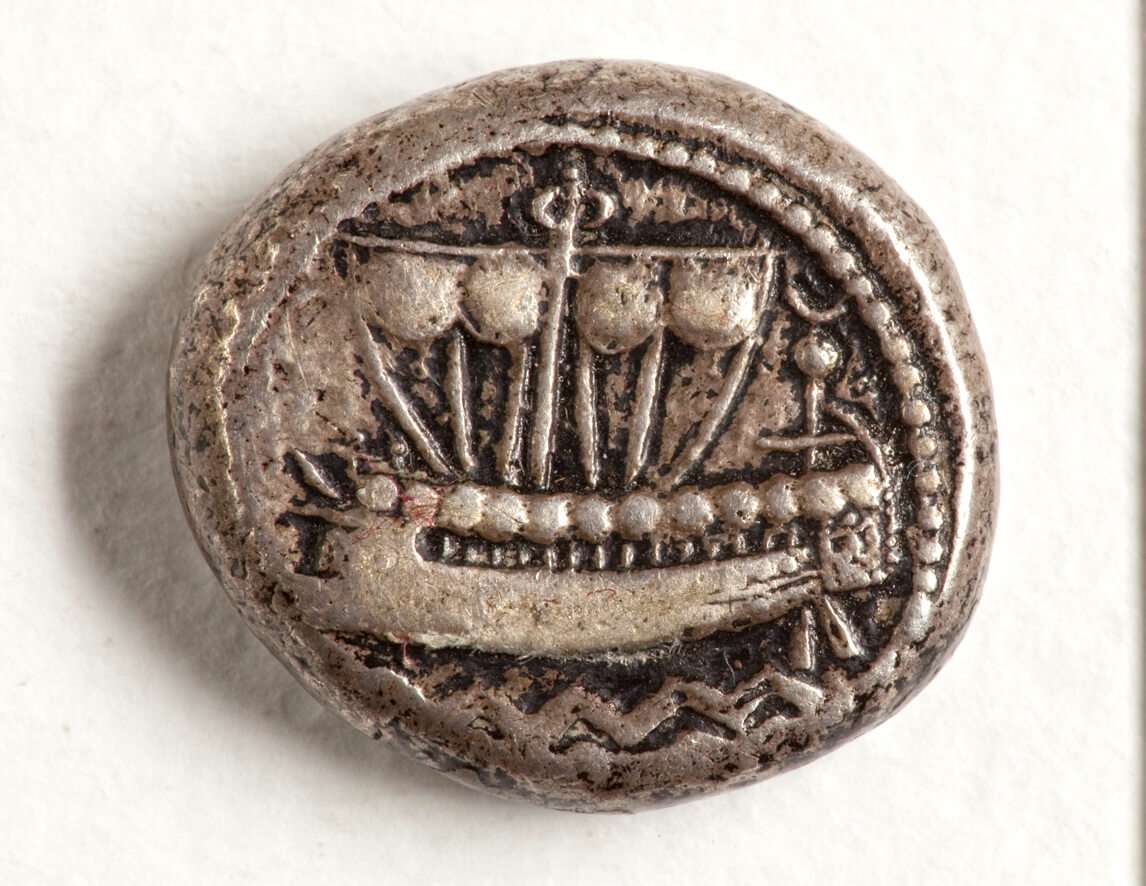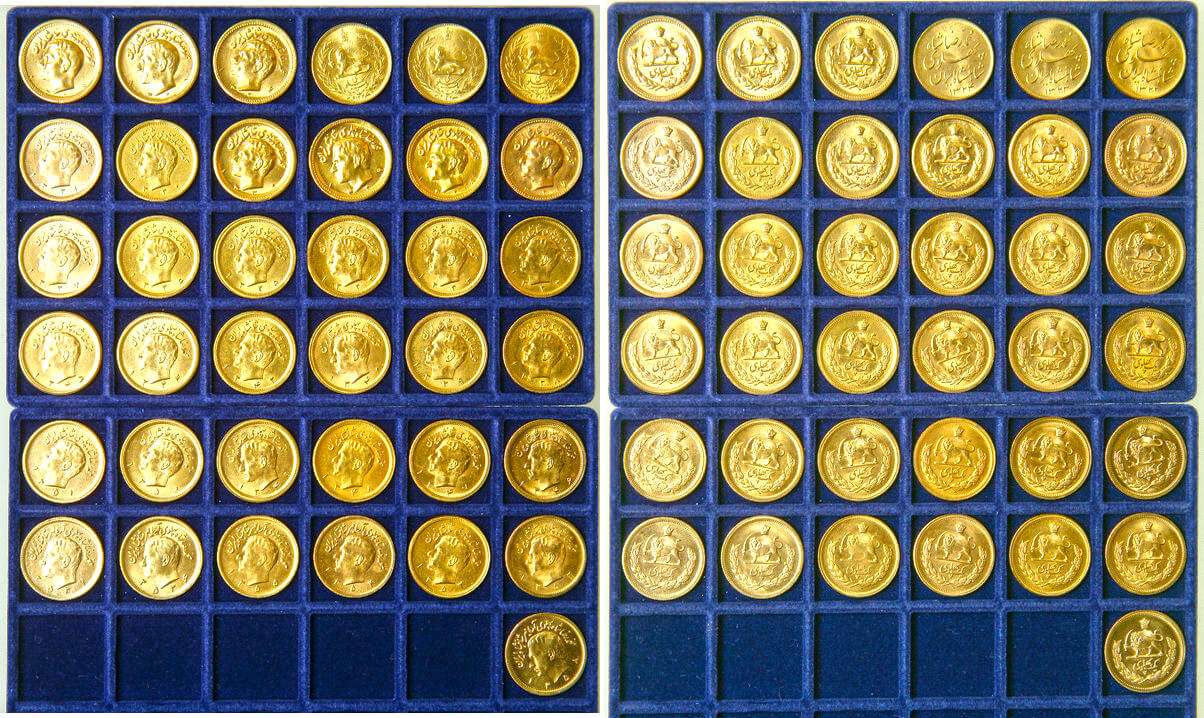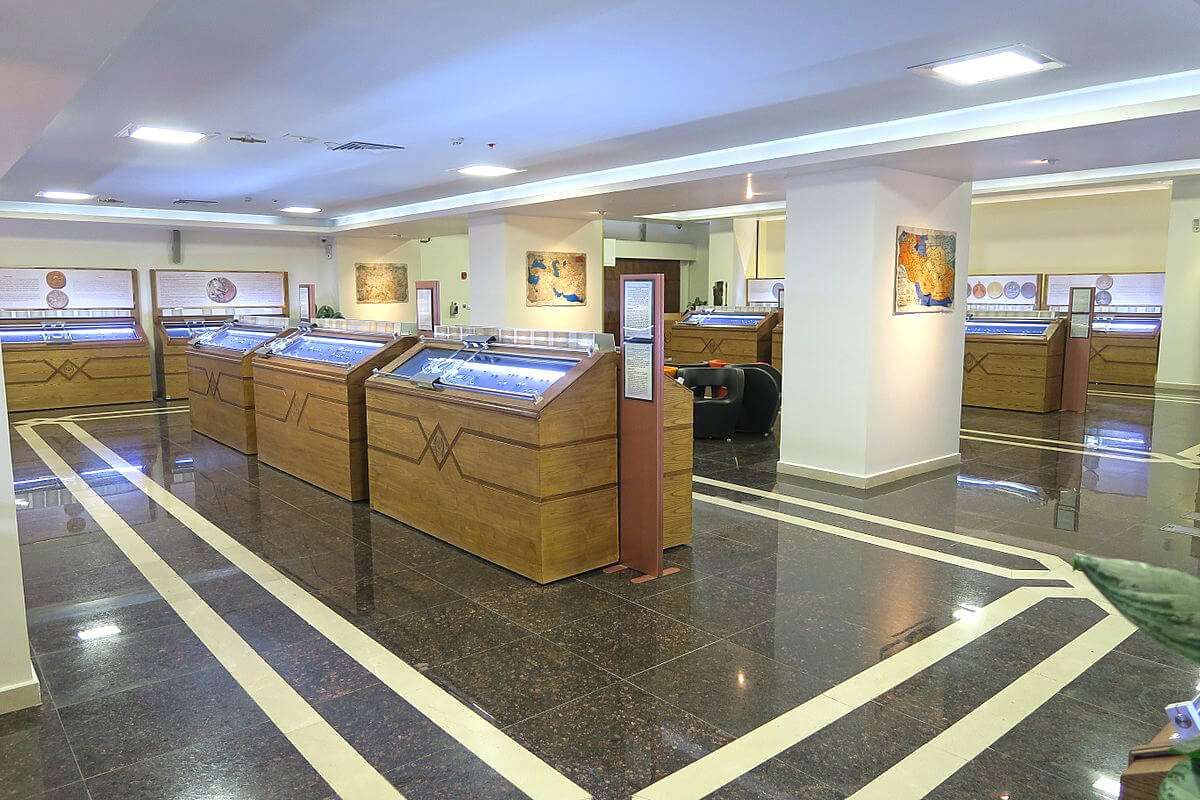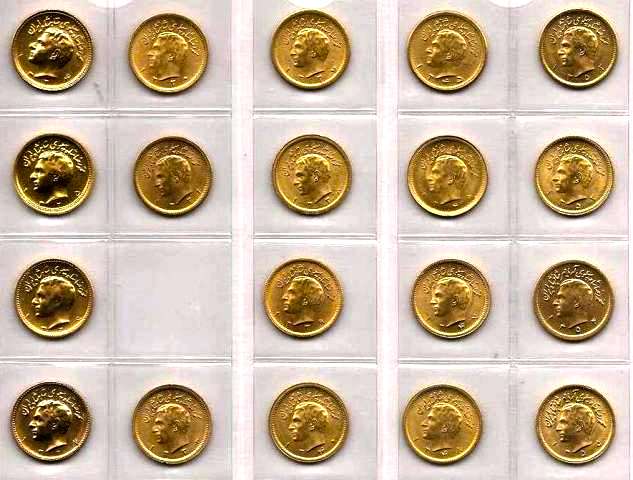Sepah Bank Museum
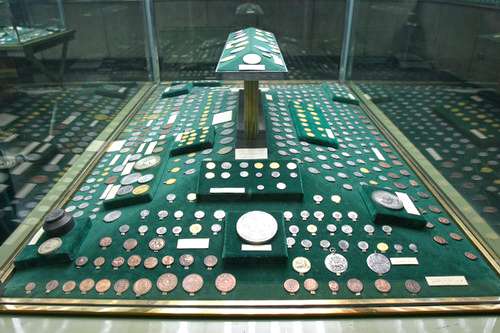
- Visiting
Sepah Bank Museum in Tehran
- ThemeHistory and Culture
- CodeIRSG52
- Duration1 hr(s)
- Tell021-66748060
- Watching the Sepah Bank Museum showcasing a collection of coins from the ancient Persia to contemporary Iran.
- Spring9:00-15:00 *
- Summer9:00-15:00
- Autumn9:00-15:00 *
- Winter9:00-15:00
* Best Time
Photos of the Sepah Bank Museum
Explore the Sepah Bank Museum
Sepah Bank Museum
On the west side of Imām Khomeinī square (formerly Toop-khaneh square), just a few steps down the Imam Khomeini street, you will face a set of buildings belonging to the central office of the first bank of Iran, Sepah Bank. Narrating the history of Iran, Sepah bank museum is one of the richest coin museums in the Middle East. It was opened to the public in 1973. The attractive showcases of the museum are equipped with coin magnifiers, allowing you to have a detailed view of your favorite coins. The collection displays coins from various ages of history, from the Achaemenid, Seleucid, Parthian and Sassanid dynasties to most of the governments formed after the Islamic period. The collection also features coins from various geographical regions like Lydia, Greece, and regions under the rule of the Byzantine Empire, etc. Therefore, these collections not only reveal the cultural, social and economic developments of Iran during several centuries but also reflect its foreign economic relations.
Persian royal coin minting started in about 500 B.C.E in the Achaemenid era. The first coins minted in Iran are attributed to Darius, who was going to make a unitary exchange system and unify all the nations under his rule. The very first Persian minted coins were Shekel, the gold coin, and Daric, the silver coin, with the image of an archer on its obverse side. Later, silver and copper coins were minted by Parthians (247 BC-228 AD). Their coins first bore the images of Greek mythological figures and then the portraits of kings. The Parthian collection of coins is the most complete collection of the museum. Three types of coins can be found in this era; Iranian, Greek and Iranian-Greek style. Apart from their economic value, these coins also reveal various hairstyles and customs prevalent in this dynasty.
In the Sassanid era (224 AD-651 AD), the coronation of Ardeshir I marks the beginning of coin minting. The coins were mostly in gold and silver, demonstrating religious and royal rituals. After the Arab conquest, the Sassanid currency was still prevalent, albeit with slight differences such as the inclusion of brief Arabic inscriptions. The Arab coins were mostly inscribed by Quranic verses and names of religious figures.
Later in the Seljuk era, between 1037-1194, the name of the kings, the date, and place of minting and the astrological signs of the months were inscribed on the coins. Then the Khawarazmid (1077–1231) coins came up as the finest samples of coins in Iran in terms of beauty, balance and standard weight. Much later, in the Safavid era (1501-1736), the official currency was shahi, the silver coin, and ashrafi, the gold coin. In the early Qajarid era (1789-1925), the preferred gold coin was the full Toman. During the reign of Fath Ali Shah, some steps were taken toward presenting a modern currency and as a result, qeran became the prevalent currency. Sometime later, in the Pahlavi era (the 1930s), coins were named Rial and Pahlavi, and mainly included the symbol of lion and sun and the king’s portrait.
To maintain the highest standard, General Aqevli, CEO of the bank during the Pahlavi era, consulted the expertise of the numismatist Shirin Malek-Zadeh Bayani. She was graduated from the Louver museum and organized this rich collection in ten years. The first 5000 collected coins belonged to Etemad al-Saltaneh’s (the minister of press and publication of Naser al-din Shah Qajar) collection.
Important Information
Additional Info
The museum is closed on Fridays and National holidays
ONLY no flash photography is permitted in the museum
Do not miss to visit a special room named “The history of Sepah Bank”, where you can find comprehensive and classified information about the bank.
Cost Info
- Special Chelo Kabab-e Loqmeh in Termeh Restaurant 3 €
- Tea in Malek Café -
- Destination
- Transportation Type
- Transportation Fee---
